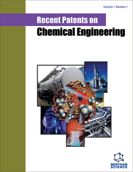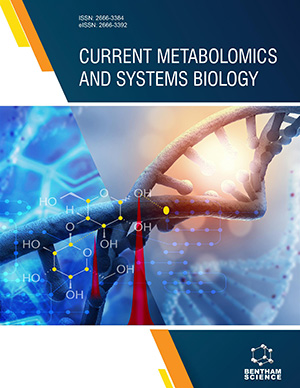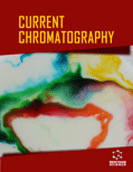Abstract
The consumption of olive oil is deeply rooted in human history and the
production of olive oil contributes greatly to the economy of Mediterranean countries.
Olive oil is generally extracted following three different methods; the traditional
pressing method, two-phase decantation system and three-phase decantation system.
These extraction processes generate mainly two different types of waste which are
olive mill solid waste (OMSW) and olive mill wastewater (OMWW). Olive mill by-products are considered a major environmental hazard in Mediterranean regions as they
are high in phenol, lipid and organic acid content. To eliminate this problem,
valorization of these waste products is the need of the hour. Phytochemical compounds
like phenols, and flavonoids are important and useful for pharmaceutical industries.
Other than the recovery of these value-added compounds, olive waste can be used as
animal feed and a source of clean energy. Biological treatment of these wastes reduces
the percentage of phenols and organic acids and then it can be used in agricultural
applications. The valorization strategies of olive mill wastes depend on factors like
socio-economic conditions, and agricultural and industrial environments. In this
chapter, the olive oil production process, phytochemical characteristics of generated
waste and their environmental impact are discussed. This discussion also emphasized
the available valorization techniques of olive oil by-products, their advantages, and
disadvantages.
Keywords: Anaerobic treatment, Animal feed, Biological oxygen demand, Biofuel, Chemical oxygen demand, High value added compound, Microbiological treatment, Olive wastes, Olive mill waste water, Olive mill solid waste, Pressing method, Phyto-toxicity, Physical treatment, Phytochemical characteristics, Phenolic acids, Phanerochaete chrysoporium, Pleurotus ostreatus, Two phase decantation system, Three phase decantation system, Valorization techniques.






















